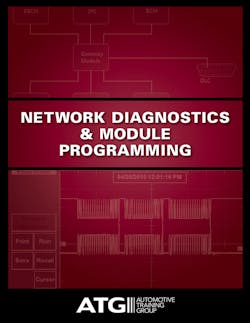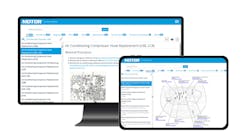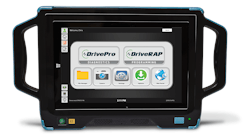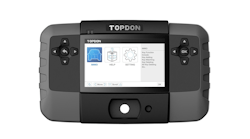This is the most comprehensive networking & programming seminar available, covering the Controller Area Network (CAN) and just about every other network and protocol out there, including Ford, GM, Chrysler, Honda, Toyota, Nissan, and VW. Attend this class and you’ll be able to diagnose and repair whatever network issue that may roll (or be pushed) into your shop.
You’ve had the nightmare vehicles in the shop. You know the one: Multiple systems aren’t operating or are behaving erratically, your Scan Tool won’t communicate, and there aren’t any flowcharts or TSBs to address the symptoms. These vehicles either end up at the dealership, or you repair them after losing too many hours to the diagnostic process. ATG has developed this seminar specifically to make these diagnostic situations both profitable and satisfying. Take control of network diagnostics to quickly:
- Differentiate between faulty network wiring and networked modules
- Identify non-network conditions and faults causing network issues
- Determine the root cause of ‘No Communication’ faults
- Quickly diagnose ‘U’ series trouble codes
The seminar includes a 350-page manual describing network voltage, frequency, resistance, waveform activity, and solutions to elusive faults, great case studies illustrating techniques and thought processes, and much more. This includes extensive coverage of OEM-specific and Generic CAN and other vehicle networks connected to the Data Link Connector (DLC). However, it also covers networks not addressed by other training providers – the intermodule networks that aren’t connected to the DLC (i.e. LIN, LS & MS CAN, BEAN, UBP, and many more). These networks have many of the same problems, but, there’s little published research into ‘known good’ values.
A related subject is the programming or reprogramming of networked modules. There are many options for programming in the aftermarket, and most involve simply following the instructions. However, there are many things that can go wrong in the process, so we’ve assembled the best tips for:
- Finding the best information, including hidden module calibration information
- Non-standard programming (using ‘As Built or VCI data)
- Voltage supply and module isolation strategies to prevent programming faults
- Module recovery for failed programming





